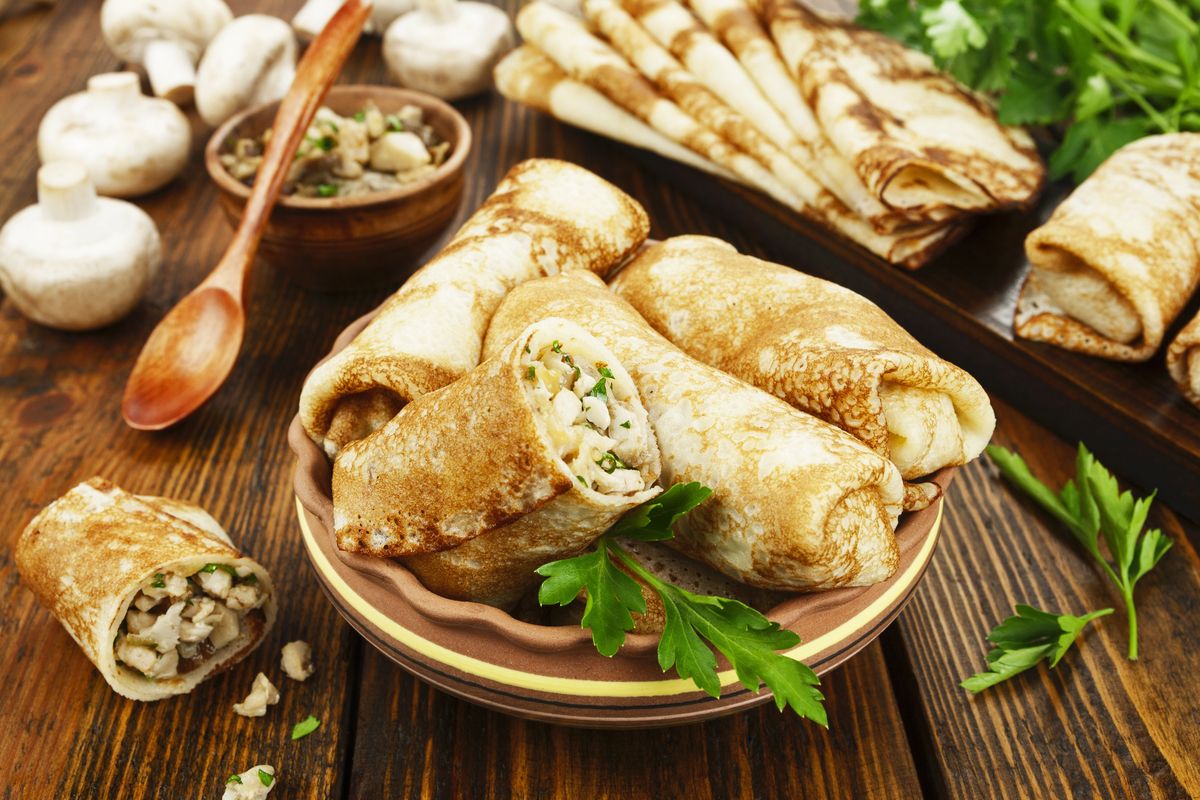Recipes
Necci: the original recipe


Necci, ciacci or patolle are just some of the names by which this dessert made from chestnut flour and ricotta, typical of Tuscany, is known.
Necci are a typical Tuscan dessert, similar to crêpes. They are prepared with very few ingredients, just water, chestnut flour and salt, and are then filled with ricotta, perfect for toning down the strong flavor of chestnut flour.
Cooking Necci requires a certain amount of skill. It usually occurs in texts about wood stoves or fireplaces. To ensure that the dough does not stick, chestnut leaves are used as a sheath. If you don't have the appropriate recipe for necci, you can use a non-stick pan (whether it really is or the batter will stick).

How to prepare the Tuscan necci recipe
- To begin, prepare the filling by mixing the ricotta with the sugar . The latter is not present in all recipes, so you choose whether to add it or not and in what quantity.
- Separately, sift the chestnut flour , a fundamental operation given its tendency to form lumps.
- Add a pinch of salt and water slowly, mixing with a whisk to obtain a smooth and homogeneous batter .
- Heat a non-stick pan of about 16 cm in diameter and lightly oil it (help yourself with a piece of paper or a pastry brush). Pour a ladle of batter and swirl the pan to create a thin layer.
- Let it cook until the edges begin to lift and the first bubbles appear on the surface. Turn it over with the help of a spatula and continue cooking for a few more moments.
- Once ready, fill them while still warm with the ricotta and roll them up. If you like, you can complete with a drizzle of honey to give an extra touch of sweetness.
We have proposed necci with ricotta, the most classic of fillings, but if you want you can use Nutella or make the ricotta more delicious by adding chocolate flakes as seen in this video .
Among the other sweet recipes with chestnut flour typical of Tuscany, there is one that you simply cannot fail to know: castagnaccio !
Conservation
Necci should be eaten as soon as they are made . You can prepare the batter and ricotta-based filling in advance and then cook the crêpes at the last moment. It will take a little patience but you will be rewarded with the result.
Necci: origin and history
Necci or nicci, ciacci, patolle or boiling : many names to indicate these chestnut flour crêpes typical of the Tuscan Apennines , in particular of Versilia, Garfagnana and Pistoia, but also arriving in Corsica with the name of nicciu . It is not clear when they were born but they are among the traditional dishes , consumed by farmers, too poor to buy wheat but who nevertheless had large quantities of chestnut trees. These trees, called necci , bore fruit in abundance which were then left to dry in order to obtain flour.
Originally, this dish was eaten as a savory dish . Only in more recent times has the custom of serving them with ricotta, sometimes slightly sweetened , been introduced. Other ways to enjoy necci include:
- a biuscio , i.e. without seasoning;
- guercio , enriched with pancetta or rigatino;
- incicciato , with sausage.
Riproduzione riservata © - WT












